
Ingram Publishing/Ingram Publishing/Getty Images
There are numerous varieties of leather depending on the quality of the animal hide used, which is almost always cowhide, and the method of tanning, preparation and coloring. Types of appropriate leather vary, depending on whether a leather is used by hobbyists, for furniture, for fashion apparel or for bikers' leathers and accessories.
Naked Leather
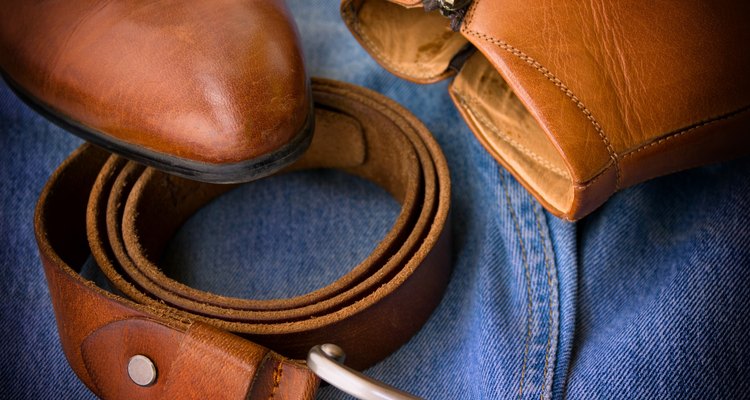
MrLonelyWalker/iStock/Getty Images
Naked leather is a term popular among companies selling jackets, trousers, chaps, gloves and other riding apparel for motorcycle riders. It is smooth on one side and rough and nappy on the other.
Manufacturers variously describe naked leather as “natural” or untreated when in fact it has usually been immersed in aniline, a chemical that keeps the surface porous, allowing the leather to “breathe.” This makes it more comfortable in both cold and hot weather. Purists insist that all of the natural grain in naked leather must be preserved.
Aniline is a chemical that smells like rotten eggs and is used in numerous industrial applications from dyes to the manufacture of acetaminophen.
Cowhide

Dieter Hawlan/iStock/Getty Images
Cowhide is made from the hides of cattle. Top-grain cowhide is used for jackets and clothing, belts and handbags as well as car and furniture upholstery. The term “cowhide” can be used to describe numerous kinds of leather. Cowhide can be made into full aniline, or naked leather, as well as semi-aniline leather and pull-up, pigmented, nubuck or bycast leather.
Full and Semi-Aniline Leather
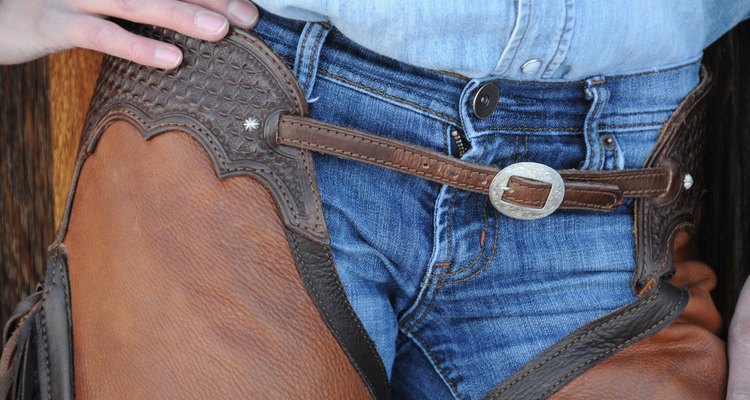
Daren-Jensen/iStock/Getty Images
Full-aniline leather is the most expensive leather because only the best cowhide is used. It is soft and feels natural. Full-aniline “naked leather” is cooler to sit on but is naturally porous and so absorbs spilled liquids.
Semi-aniline cowhide leather has been dyed and then coated with a thin finishing layer. It is soft and has an even color. Its surface is more protected against spills and stains than is the more vulnerable full-aniline leather.
Pull-Up and Pigmented Leather
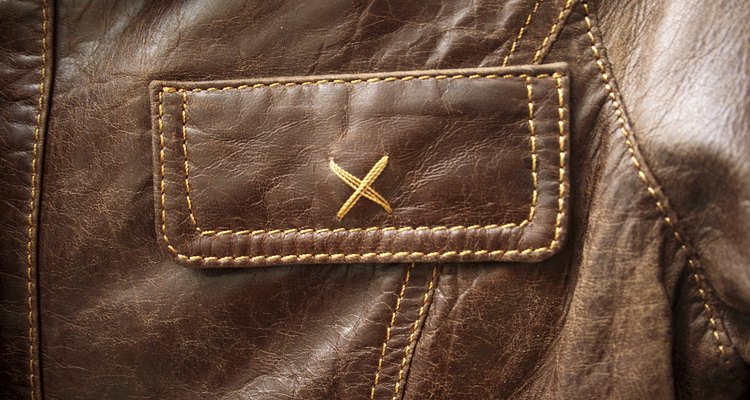
Danish Khan/iStock/Getty Images
Pull-up aniline is used to describe cowhide leather that subjected to oils and waxes to make it look “distressed” with age and use.
Pigmented leather is buffed to smooth out scarring and blemishes after which it is coated with opaque colors. It is then embossed with a grain pattern, giving it a uniform color and making it resistant to fading.
Nubuck and Bycast Leather
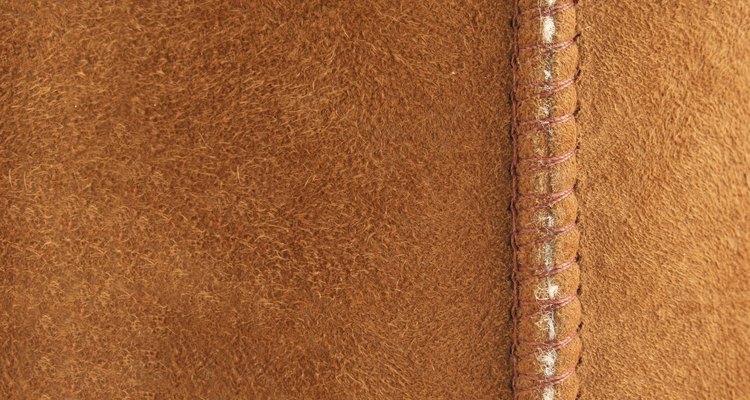
Jim Mills/iStock/Getty Images
Nubuck leather is an aniline leather that has been brushed, giving it a velvet-like texture. This is different than suede, which is the flesh side of the leather. The brushing makes the leather soft and more absorbent than aniline leather.
Bycast leather is a cowhide leather that has been split. Melted glue is applied to the surface, followed by colored polyurethane. This type of leather, long used for belts and handbags, is now being used to cover furniture. It stretches and can darken in color.
Related Articles

Sheepskin Vs. Deerskin

What Is Cognac Leather?

How Does Suede React to Water?

How to Beeswax Leather
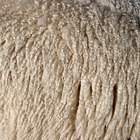
Difference Between Sheepskin & Shearling

How to Care for Python Leather

How to Care for Caiman Boots
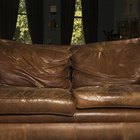
Should I Sand Leather Before ...

List of Retinoids
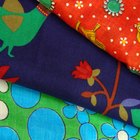
What Is Arnel Vintage Material Fabric?

Can You Waterproof Light Nubuck Shoes?
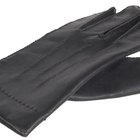
Characteristics of Lambskin Leather

Lambskin vs. Cowhide

The Difference Between Butter Cream and ...

How to Keep Patent Leather From Peeling
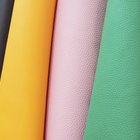
How to Care for Synthetic Leather
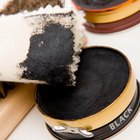
Shoe Polish Ingredients

How to Care for Nubuck Leather

How to Make a Wool Jacket Look New Again

Colors of Mink Coats